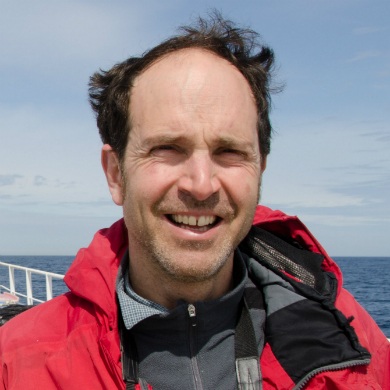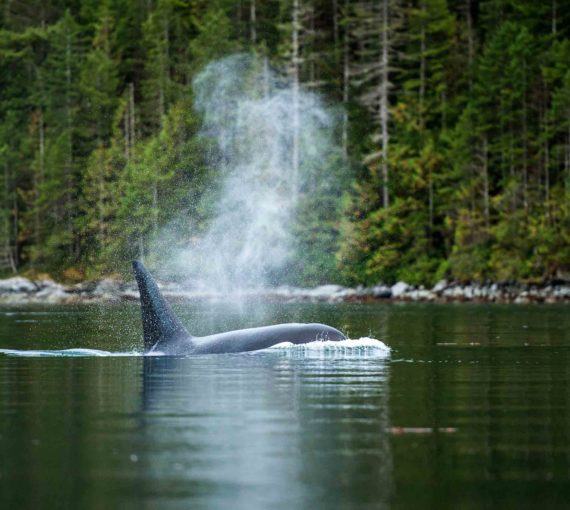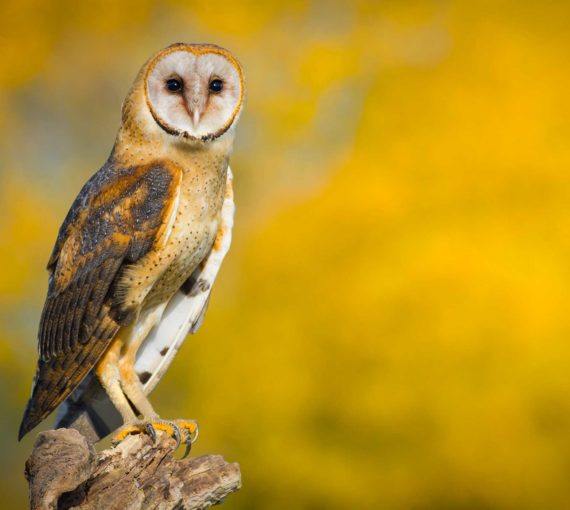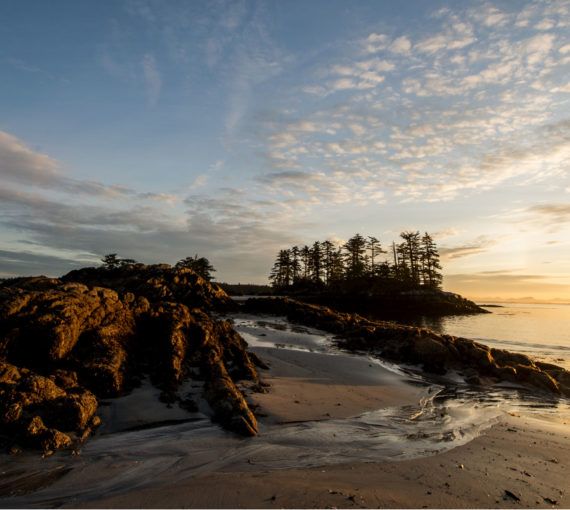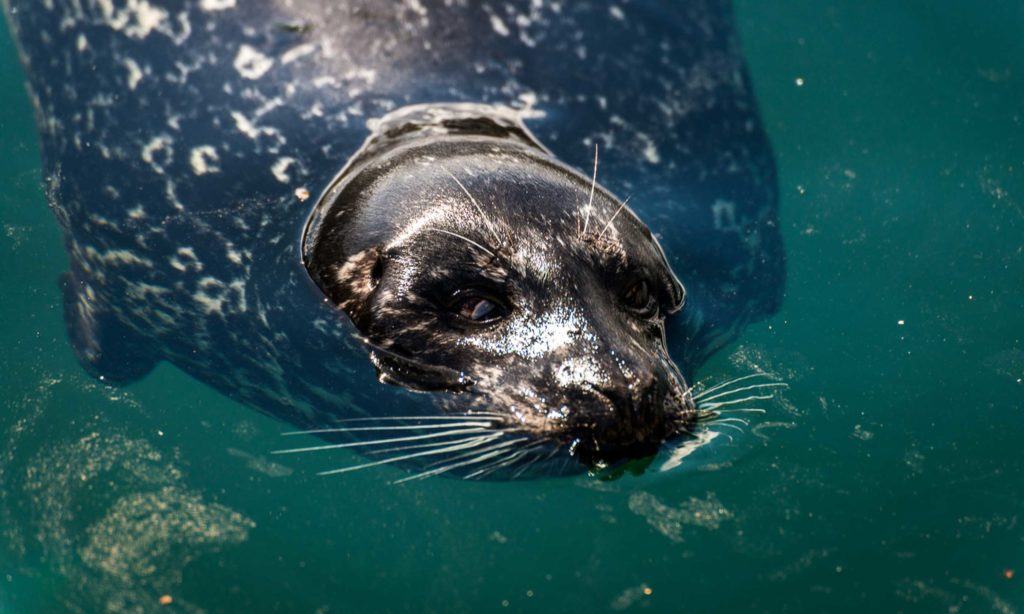
Salmon actually make up only a tiny fraction of seal and sea lions' diets. (Photo: Darren Kirby via Flickr)
Recent calls to cull B.C. seal and sea lions in the name of protecting salmon reminds me of my Alberta childhood, when I was led to believe the white sucker fish was destroying trout populations by eating their eggs.
My gut told me blaming this fish was wrong, but one spring I participated in a “control” effort by impaling them with a pitchfork as they spawned in shallow streams. With no evidence on which to base my actions, I simply adopted local fishing lore.
It turns out that white suckers are valuable prey for most of Alberta’s sport fisheries, and as bottom feeders, they play an important ecological role by scuffing up substrate and eating a huge variety of organisms. Trout eggs are not one of their food sources noted in the scientific literature. Even if these fish were voracious consumers of trout eggs, the assumption that a complex ecosystem could be manipulated to enhance a single species was flawed.
Without having seen a sucker eat a trout egg, I believed it. Internal validation would have been even greater had I seen one eat trout eggs. In British Columbia, it’s common to see seals and sea lions preying on one of five Pacific salmon species at various stages of the salmon life-cycle — whether it’s Chinook smolts leaving a river, returning adult chum pinned in the shallows or coho taken from a fishing line.
It’s not surprising that humans have villainized salmon predators. Nobel prize-winning research shows that we are predisposed to linear thinking and to quickly form opinions based on what we want to believe. Given this bias, people wrongly assume seals eating salmon will result in fewer salmon.
It’s tempting to speculate that reducing one species in a marine ecosystem will enhance another, but we’re dealing with lottery-ticket odds. Ecosystem models from around the world show millions of possible ecological pathways between the culled marine-mammal population and the desired fish protection.
A study in South Africa found 28 million ecological possible outcomes between hake and fur seals. Research that seems to depict a favourable outcome for culling seals is either linear in nature and misrepresents even the simplest ecosystem or is correlative with no evidence of causation.
Natural and human-caused climate variations in [ocean habitats], combined with ever-changing predator-prey dynamics, make it impossible to predict how lowering one population will result in the increased abundance of another.
For the greater part of the 20th century, predator control was the main way to manage salmon in British Columbia. Given the number of species that prey on salmon during their life cycle, this was a big job for the fisheries department. No animal was too big or small to be spared, with kingfishers, mergansers and black bears included in sanctioned culls. In addition to these species, the list could have included 133 additional species that prey on B.C.’s Pacific salmon over their four-million-square-kilometre range, but pinnipeds such as seals and sea lions received the most attention.
A century ago, on April 24, 1918, fisheries “engineer” J. McHugh reported that he put dynamite on seal haulouts at the mouth of the Fraser River, waited for 200 to 300 seals to re-aggregate and then detonated the explosives. He reported, “their bodies were blown to atoms, not a piece larger than two inches being found.”
In 1941, sea lions were culled by machine-guns mounted on fishery patrol vessels in a “conservation effort to save the seafood wealth of the nation,” according to a report in Western Fisheries. In total, 114,903 harbour seals and 49,100 sea lions were reported killed under the federal government’s culling program that operated from 1918 to 1968. A lot more were likely killed but sank after shooting or went unreported, and several thousand more were killed in commercial operations.
During the 1940s and 1950s, fishermen called for eradication of basking sharks, the second biggest fish in the world. Even though they don’t eat salmon — they filter-feed on plankton — they were perceived as “salmon killing monsters.” In response, the Canadian government mounted a huge blade on the prow of one of its patrol vessels to slice the sharks in half. They’re now Canada’s most endangered marine fish species.
Salmon actually make up a tiny fraction of pinnipeds’ yearly diet. More often, seals and sea lions eat salmon predators such as Pacific hake and mackerel or species that can compete with salmon such as herring. Culling programs can have unintended negative consequences on the species intended to benefit and other commercial species.
There should be more discussion about the species that compete with salmon for limited resources. The five salmon species compete among themselves for limited ocean resources. Chum and pink salmon are far more abundant than the prized coho, sockeye and Chinook. Salmon ranching in Alaska, Russia and Japan adds another five billion hatchery fish, making competition among salmon even more complex.
British Columbia’s salmon use millions of square kilometres of ocean habitat once they leave their freshwater birthplace. Natural and human-caused climate variations in these waters, combined with ever-changing predator-prey dynamics, make it impossible to predict how lowering one population will result in the increased abundance of another.
Supporting wild salmon requires accepting what nature provides, not misguided and arrogant tinkering to support a single human value. Besides killing white suckers, I was encouraged by local ranchers, outdoorsmen and fishermen to destroy magpie nests to protect songbirds and to kill prairie dogs to protect cattle forage.
I often reflect on my childhood ignorance of ecosystems and wonder if I could have appreciated the intricacies of ecosystems without my lifelong journey to study, observe and harvest from them. From what I’ve come to understand, manipulation of predators in a marine ecosystem won’t produce the simplistic outcomes we imagine.
This op-ed was originally published in the Times Colonist.
Our work
Always grounded in sound evidence, the David Suzuki Foundation empowers people to take action in their communities on the environmental challenges we collectively face.
